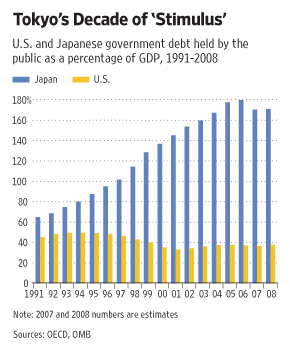Whether the topic is football or finance, Michael Lewis is maybe the best non-fiction story teller of our times. Now this author of Liar’s Poker, the smart-ass inside tale of Eighties Wall Street excess, finds the man who helped expose today’s housing charade and learns about real excess — the ’80s, how quaint — as he chronicles the 2008 crash.
More generally, the subprime market tapped a tranche of the American public that did not typically have anything to do with Wall Street. Lenders were making loans to people who, based on their credit ratings, were less creditworthy than 71 percent of the population. Eisman knew some of these people. One day, his housekeeper, a South American woman, told him that she was planning to buy a townhouse in Queens. “The price was absurd, and they were giving her a low-down-payment option-ARM,” says Eisman, who talked her into taking out a conventional fixed-rate mortgage. Next, the baby nurse he’d hired back in 1997 to take care of his newborn twin daughters phoned him. “She was this lovely woman from Jamaica,” he says. “One day she calls me and says she and her sister own five townhouses in Queens. I said, ‘How did that happen?’ ” It happened because after they bought the first one and its value rose, the lenders came and suggested they refinance and take out $250,000, which they used to buy another one. Then the price of that one rose too, and they repeated the experiment. “By the time they were done,” Eisman says, “they owned five of them, the market was falling, and they couldn’t make any of the payments.”
But the sub-prime detective Eisman still had not fully grasped the enormity and breadth of the problem.
That’s when Eisman finally got it. Here he’d been making these side bets with Goldman Sachs and Deutsche Bank on the fate of the BBB tranche without fully understanding why those firms were so eager to make the bets. Now he saw. There weren’t enough Americans with shitty credit taking out loans to satisfy investors’ appetite for the end product. The firms used Eisman’s bet to synthesize more of them. Here, then, was the difference between fantasy finance and fantasy football: When a fantasy player drafts Peyton Manning, he doesn’t create a second Peyton Manning to inflate the league’s stats. But when Eisman bought a credit-default swap, he enabled Deutsche Bank to create another bond identical in every respect but one to the original. The only difference was that there was no actual homebuyer or borrower.
Finally, Lewis lunches with his long-ago boss John Gutfreund, the Salomon Brothers CEO who he skewered almost 30 years ago.
[Gutfreund] thought the cause of the financial crisis was “simple. Greed on both sides—greed of investors and the greed of the bankers.” I thought it was more complicated. Greed on Wall Street was a given—almost an obligation. The problem was the system of incentives that channeled the greed.
Indeed, greed is ever-present. And not just on Wall Street. It is the incentives and discipline — the structure — of the market that keeps greed from pushing us over the cliff. It is this discipline of the market that makes service to others, in the words of George Gilder, more valuable than self-centered avarice. Had he taken it one step further, Lewis might have said that the ultimate disciplinarian — the taskmaster that demands real value instead of greed, froth, and fraud — is a rock-solid dollar.


